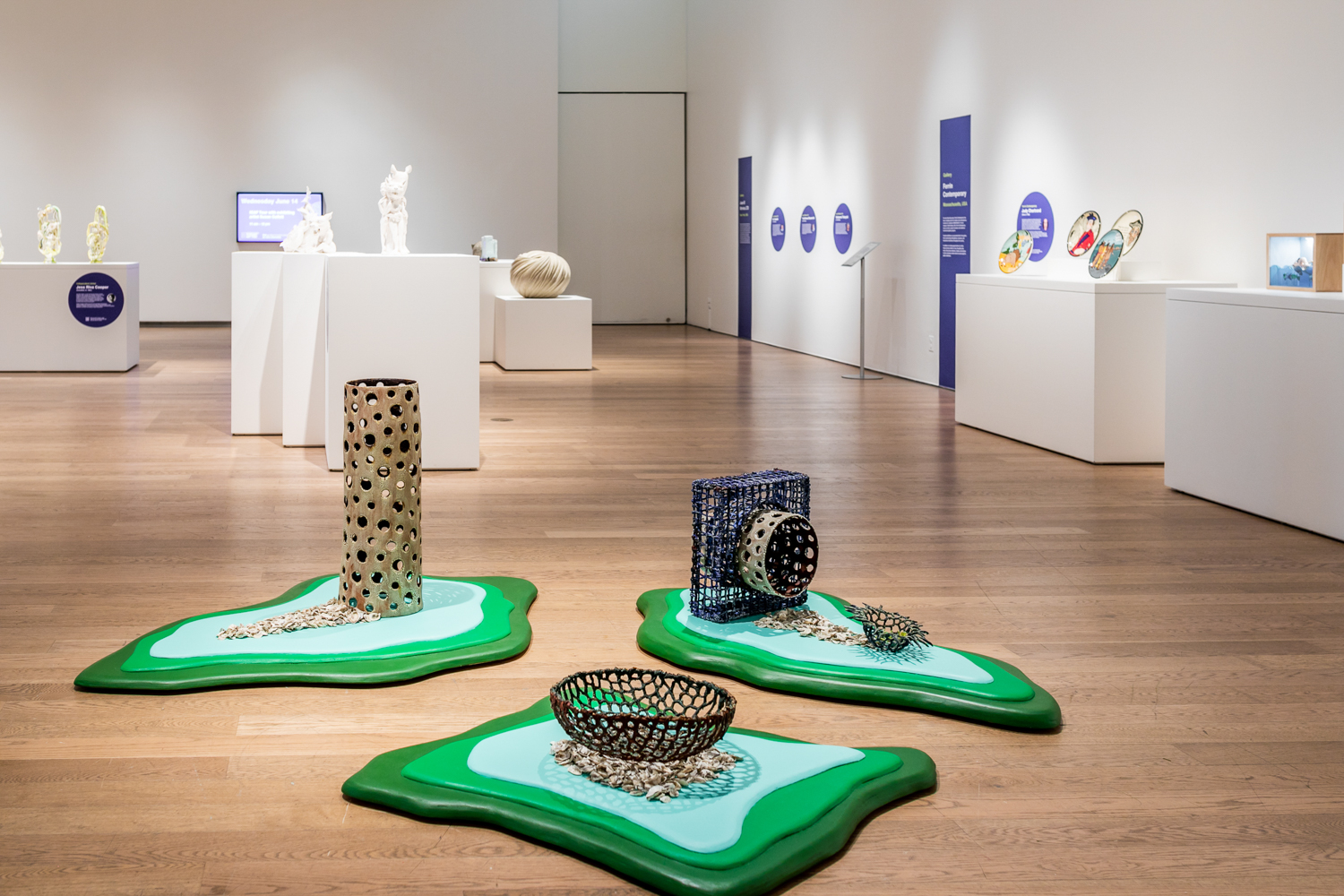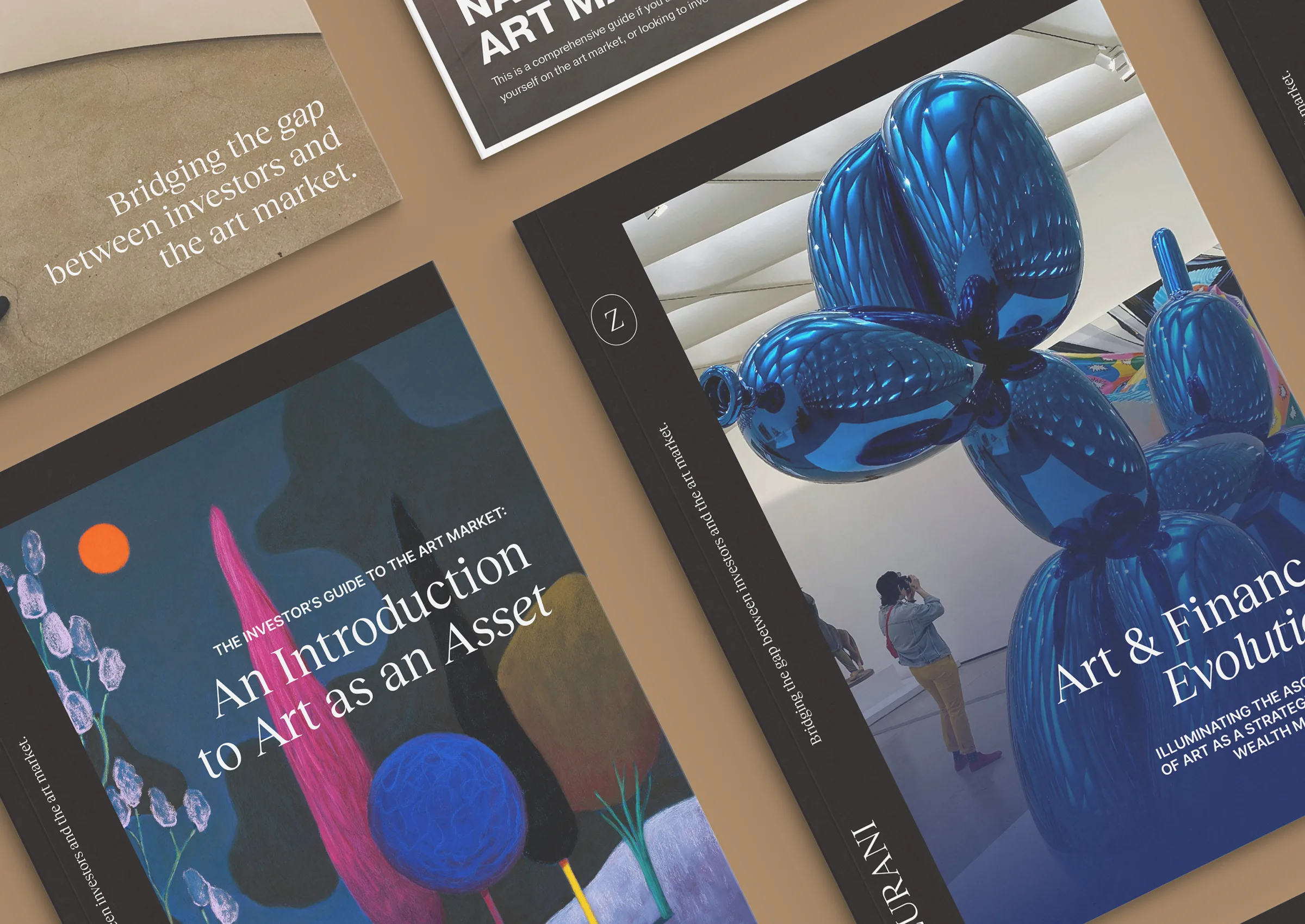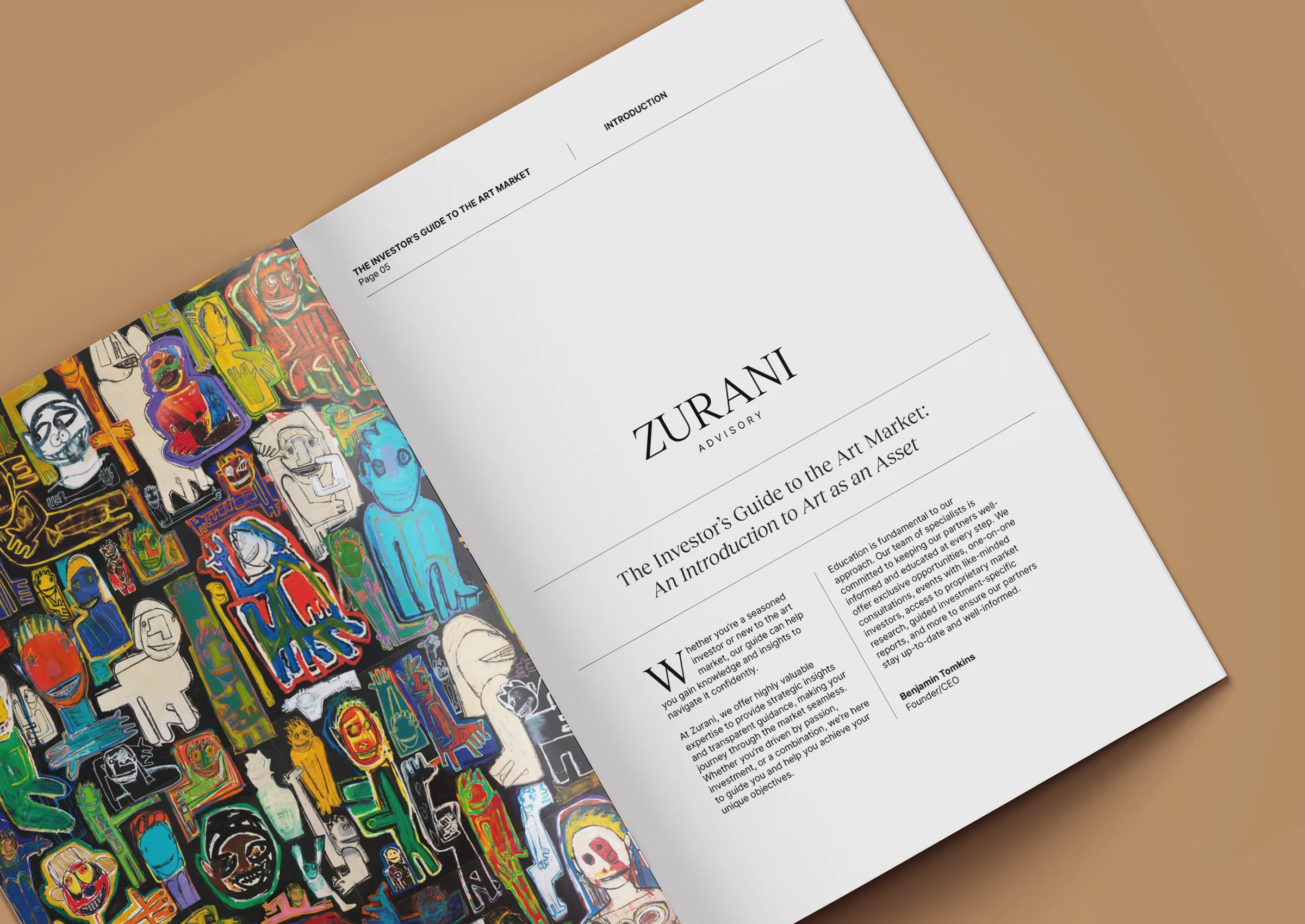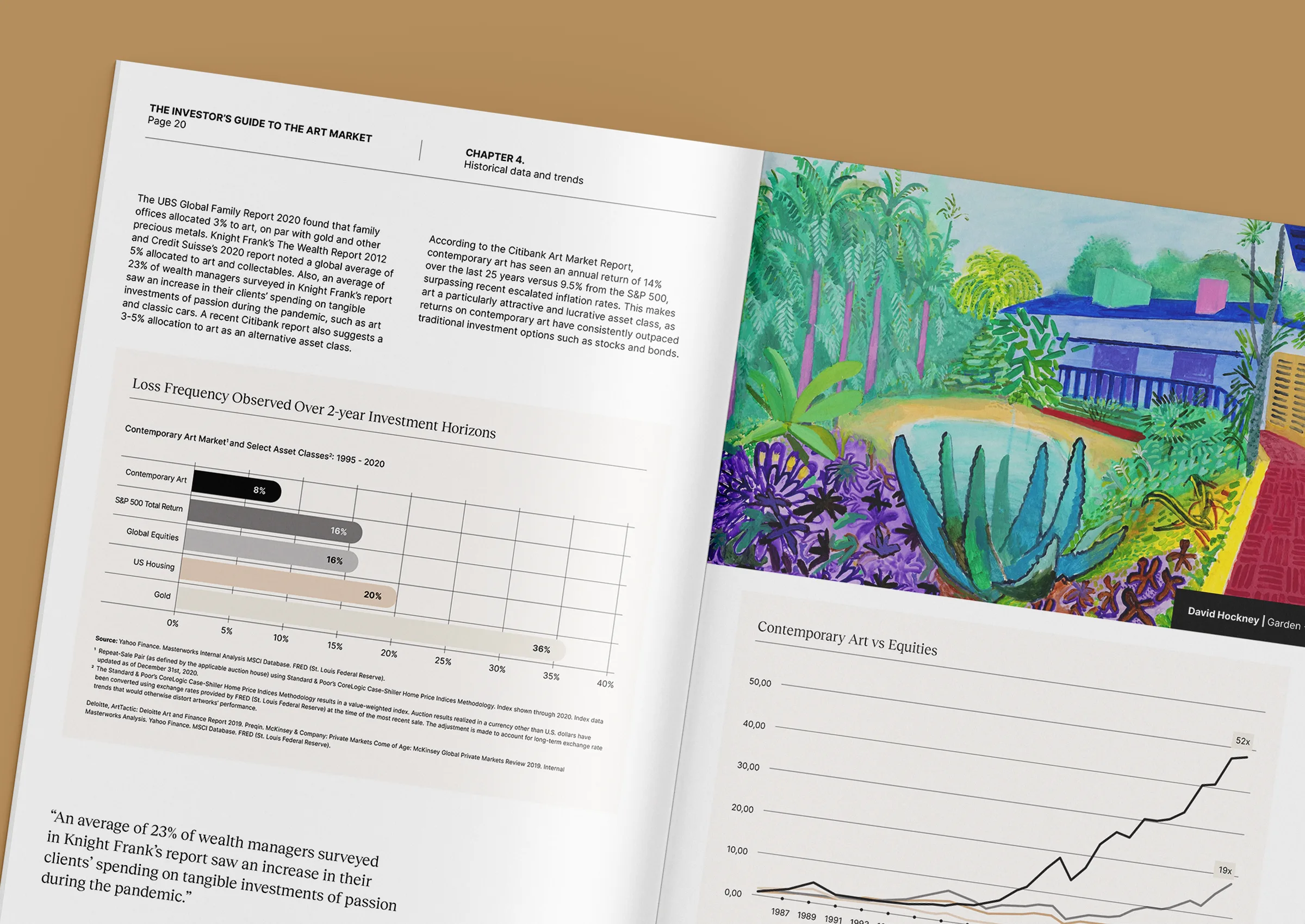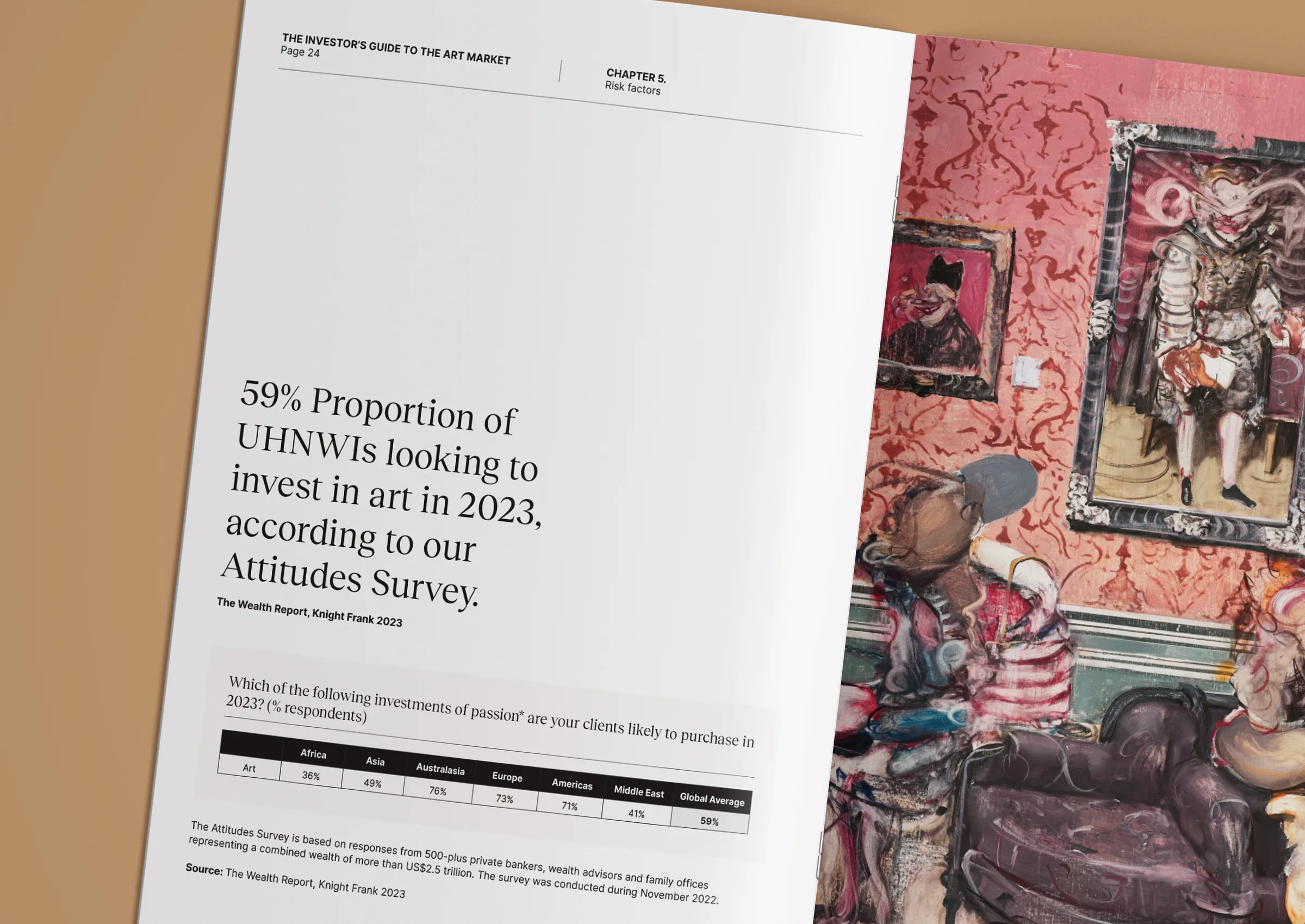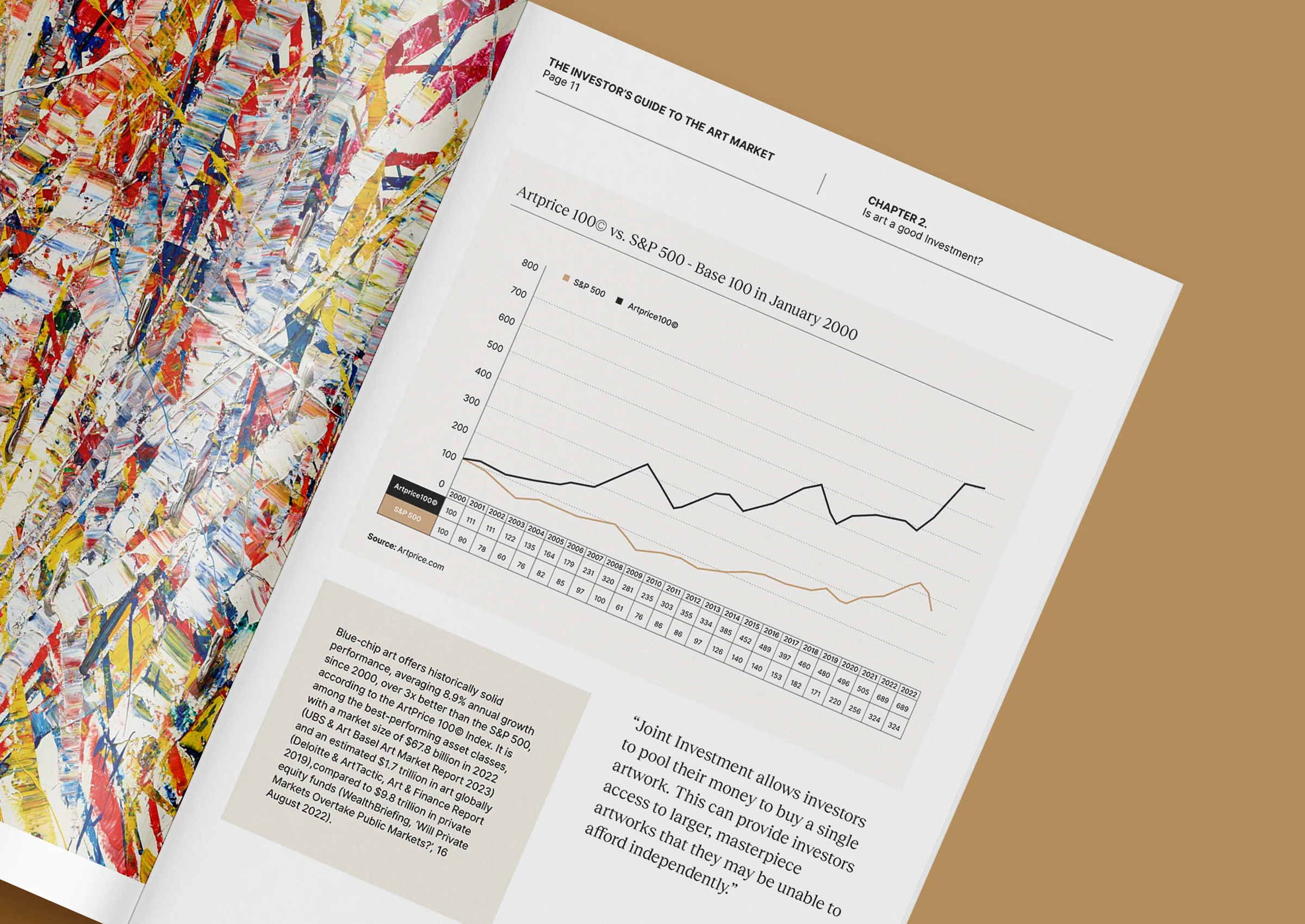How clay is reclaiming its place in the contemporary art world
Once considered the quiet craft of the art world, ceramics are now firmly in the spotlight. Over the past decade, hand-built clay works have moved from studio shelves to museum exhibitions and blue-chip galleries. Collectors are rediscovering the power of this ancient medium, not only as a form of craftsmanship but as a vehicle for complex, contemporary ideas.
A new era for clay
Contemporary ceramics have evolved far beyond the boundaries of functional design. Today’s artists are challenging assumptions about fragility, form, and value, transforming clay into an expressive and conceptual language. Sculptors like Simone Leigh, Theaster Gates, and Edmund de Waal have redefined what ceramic art can represent, from identity and heritage to the politics of labour and material.
This shift has also reached the market. Auction houses, international fairs, and major institutions now dedicate entire sections to ceramic works, placing them alongside painting, photography, and sculpture. What was once seen as a niche practice has become one of the most vibrant collecting categories of the twenty-first century.
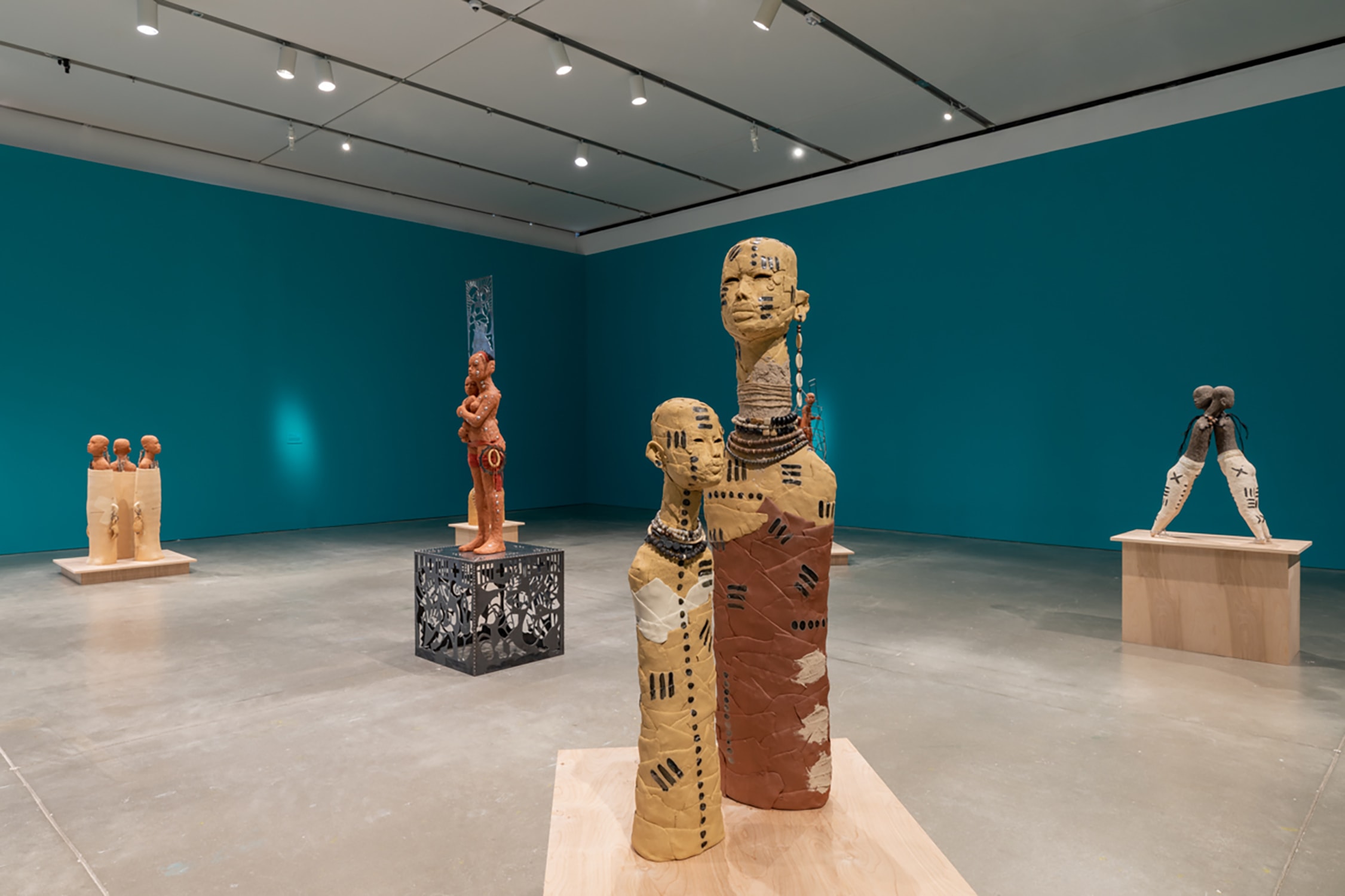
Material honesty and emotional depth
Part of clay’s resurgence lies in its honesty. It bears every touch of the maker’s hand, fingerprints, pressure marks, small imperfections that speak to process and time. In a world dominated by digital precision, this tangible quality feels deeply human.
Collectors are increasingly drawn to this authenticity. Clay offers a tactile counterpoint to abstraction, an emotional connection between the artist and the viewer. Each vessel or sculpture is a record of motion and memory, carrying both aesthetic beauty and personal narrative.
For artists, ceramics also provide freedom. Clay can be humble or monumental, functional or sculptural, fragile or permanent. Its versatility makes it a powerful medium for artists exploring dualities: the tension between earth and fire, simplicity and complexity, tradition and innovation.
The collector’s perspective
For collectors, investing in ceramics offers a unique balance between accessibility and sophistication. Works often begin at lower entry points than painting or sculpture, yet their potential for appreciation – both cultural and financial – continues to grow.
More importantly, ceramics integrate beautifully into a collection that values material diversity. A hand-built form can sit naturally beside photography, drawing, or bronze, creating a dialogue across textures and tones. Many collectors also find joy in the physicality of these works, the weight, surface, and warmth that make them deeply engaging in domestic spaces.
Whether building a private collection or curating an exhibition, ceramics invite a slower kind of looking. They reward patience, encouraging collectors to consider touch, process, and form as much as concept and market value.
Clay as a language of renewal
At its heart, the rise of contemporary ceramics reflects something broader: a return to materials that feel grounded and alive. In the studio, clay is shaped by hand, fired by heat, and transformed through chance, a reminder that imperfection can be part of beauty.
As the art world becomes more technologically driven, clay’s enduring appeal lies in its simplicity. It connects making with meaning, and process with emotion. To collect ceramics is to invest in an art form that bridges past and present, timeless, tactile, and quietly profound.
If you wish to explore collecting contemporary ceramics or discuss opportunities to acquire pieces from his era, contact Zurani at +971 58 593 5523 or email contact@zurani.com.
